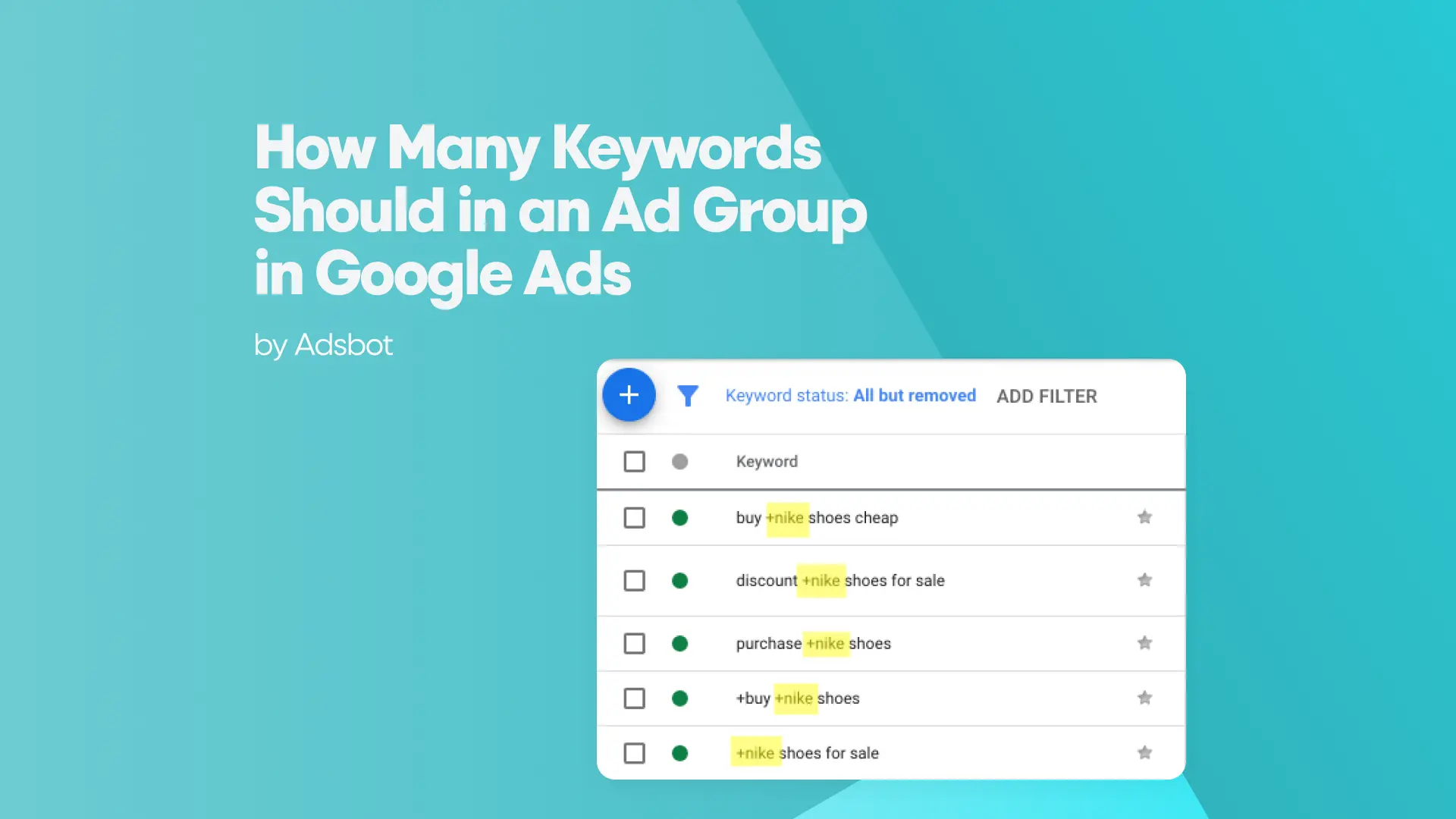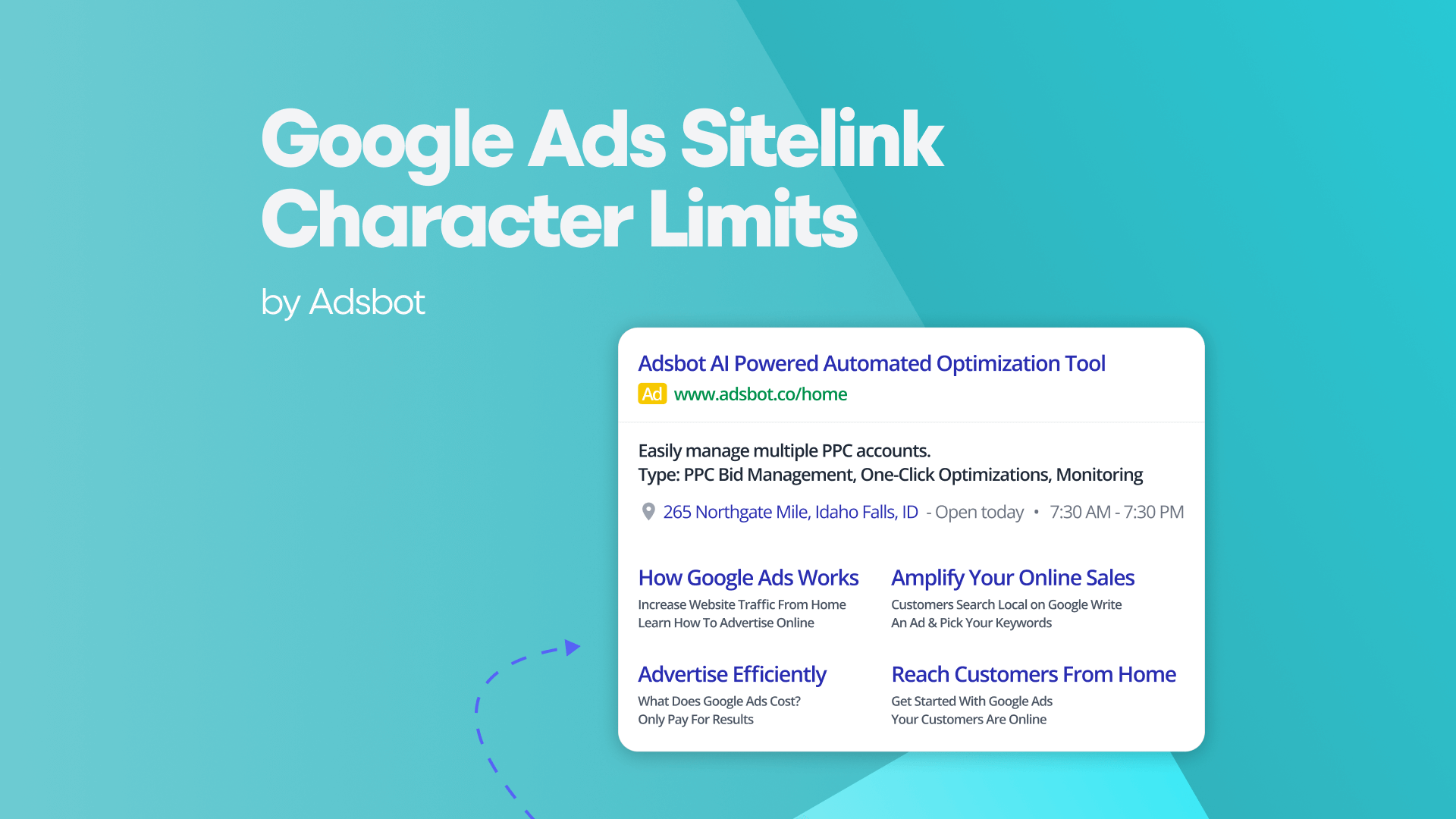You have a campaign that needs to be improved, but still, you don’t know how to do that since you have zero knowledge about your audience. Well, there might be a solution for that. You can reach out to your audiences by using Google Ads’ audiences segments. Getting to know your audiences is critical, especially if you want to have more leads and conversions.
Audiences are groups of people who have shared interests, demographics, or other personal characteristics. An audience within Google Ads is a segment for targeting your campaigns. There are four different campaign types in Google Ads.
- Display
- Search
- Video
- Shopping & App
- Local Smart
These campaign types can be classified into ad groups that allow you to target specific people for certain products or services. So, it’s the primary tool to learn and use because you can only improve the performance of your campaign by directly reaching out to potential customers. In other words, you need to know your audiences’ interests, habits, locations, education, even marital status. To do this, you must first adjust your audience for your ad. With Google audiences, you can raise awareness of your brand, maximize your return on investment (ROI), and deliver more personalized messages to user’s interests and passions.
How Audience Targeting Works?
First and foremost, you must know where to look for audiences to understand how they work. The audience manager in your shared library is where you’ll find audiences. By default, Google creates some fundamental remarketing lists for you, including the audience type.
Now that you know how to access the audience manager segment, you can see the size of every list based on the compatible network. First, let’s simply explain how Google determines specific audiences for your campaign. Since Google uses machine learning, it is much easier to analyze the numbers of the signals and turn them into insight reports. We can define insight reports as ranging from purchases or intents to user location. When the system discovers an essential link between an ad and a user, it begins to combine the data in various ways. In sum, Google connects the dots for the improvement of your campaign. Let’s give an example for that matter.
Imagine you’re selling gaming laptops, and a customer wants to buy a gaming laptop. This customer is searching topics about hardware such as graphics processing units (GPUs), central processing units (CPUs), or case material of the laptop. Since you’ve enabled machine learning, any new relevant data in this user’s path that indicates their intent to purchase a gaming laptop will be provided to you. This also informs Google’s systems that displaying your gaming laptop ads to this customer is more likely to lead to a conversion.
Types of Google Audiences Targeting Options
Each campaign types contain different audience segments. Since Google expanded its analysis, there have been many types of audiences. Let’s start with popular types:
1. Affinity Audiences
It’s all about reaching out to potential clients based on their passions, lifestyles, habits, and interests with affinity audiences.
2. Custom Segments
It’s similar to affinity audiences but more optimized depending on your campaign goal. So not only you’ll be informed about the clients’ interests, passions, and lifestyles but also their recent purchase intent.
3. Detailed Demographics
This option allows you to target particular client segments by only picking people who share common characteristics, such as age, gender, homeownership, college students, instructors, etc. In general, you can reach out to people based on long-term data.
4. In-Market
In-market is a method designed for advertisers who are more interested in converting potential buyers. In other words, you can reach users based on their purchase intent.
5. Life-event
Life-event is a method of contacting clients based on their life achievements, such as marriage, graduation, purchasing a new car, and so on.
6. Your Data Segments (also known as Remarketing)
You can also reach your users that interact with your business. We can divide this segment into lots of sub-types:
- Website or App Visitors are simple lists of those who have visited your site/or app in the past so that you can apply certain criteria, such as visitors, to specific product pages.
- Customer Match is customer contact information, such as email, address, and zip code, used to create lists based on customer relationship management (CRM) data. You can gather them over time, but you must manually enter them in Google Ads, so they can be considered client lists.
- Similar Audiences finds new customers who share the same interests as your website visitors or current clients.
- Youtube Users further promote your product or service; you can add potential clients who watched your videos to YouTube lists.
What Can You Do with It?
So far, you’ve learned the types of audience for each campaign. But you may still have a hard time understanding how you can use this data for your campaign. So let’s make a tutorial for your ad. First of all, go to your Google Ads account and then click the audiences in the page menu. Next, select an ad group for your campaign. Finally, choose the type of audience you want to get in touch with. Also, keep in mind that audience search can assist you in identifying the most representative audiences among others without the need to enter particular category filters.
After mastering this, you can identify what needs to be done and wait for the results. So all you have to do now is target your audiences and adjust the ad preferences to reach more people while excluding those that aren’t necessary.
Conclusion
Finally, if utilized correctly, Google Ads Audience Segments may significantly improve your campaign. Google Audiences is a fantastic method to reach out to your target audiences, not only to enhance your ad campaign but also to redirect your spending to other productive uses.
Popular Posts
-
How Many Keywords Should Be In an Ad Group in Google Ads?
Ever wondered if your Google Ads campaigns are packed with…
Read more -
Google Ads Script for Dummies: An Introduction
Imagine you have an e-commerce website that sells licensed superhero…
Read more -
Google Ads Sitelink Character Limits
Your Google Ads are cutting off in the middle of…
Read more -
What Is Conversion Value in Google Ads?
What if you could put a price tag on every…
Read more
Register for our Free 14-day Trial now!
No credit card required, cancel anytime.





